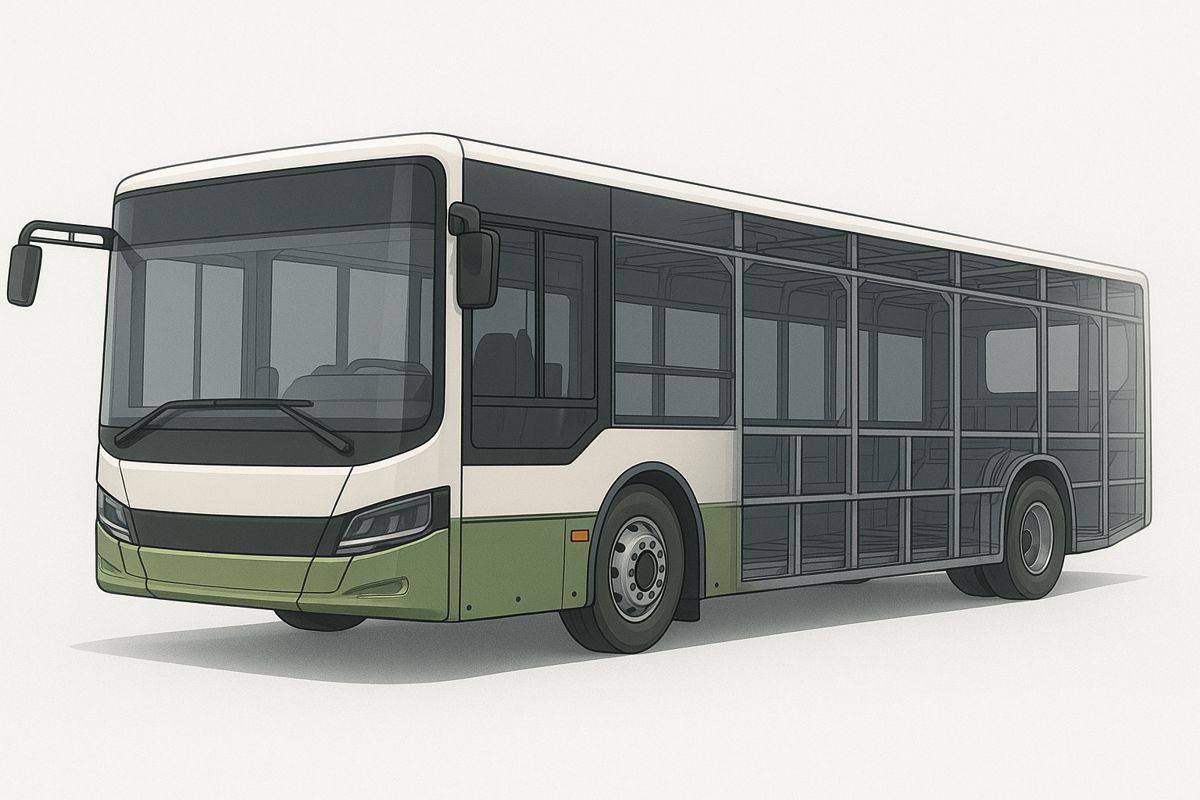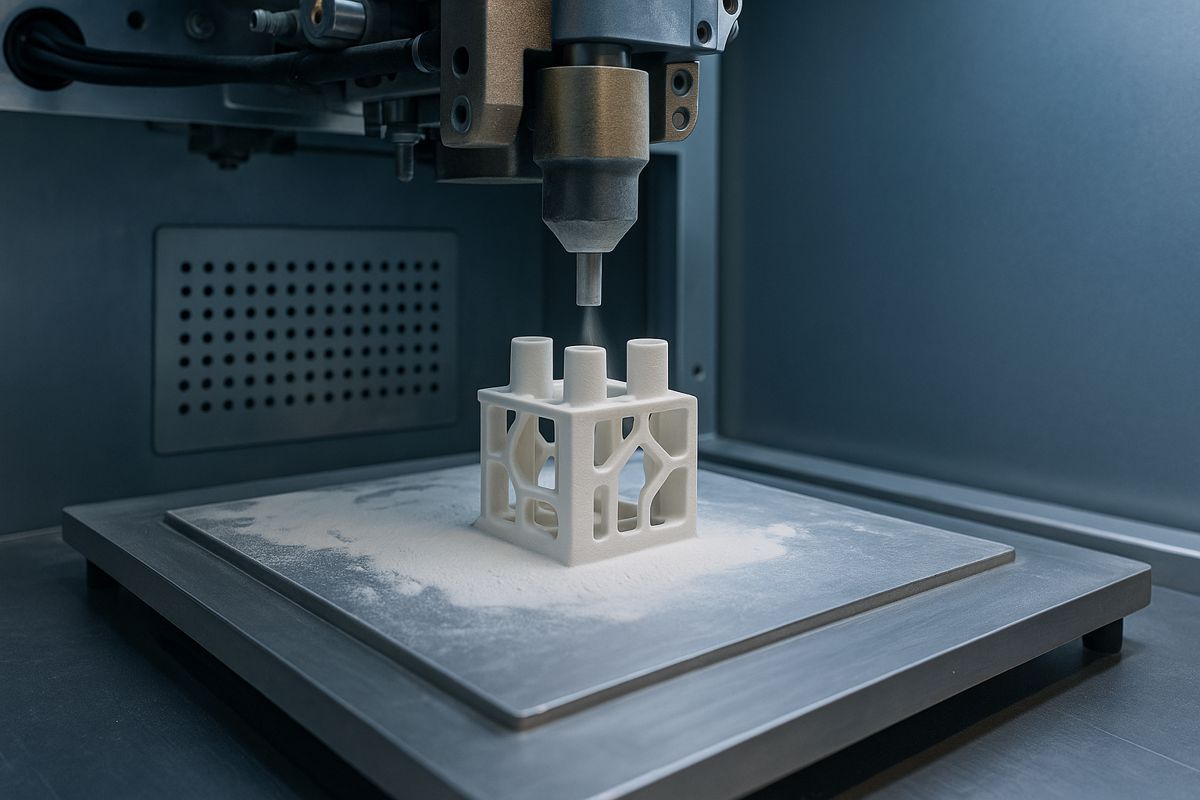Analytical Target Cascading to Optimise Electric Bus Bodies
The growing shift toward energy conservation in the global automotive sector has put lightweight engineering firmly in the spotlight. For manufacturers of new-energy vehicles, reducing structural mass is no longer a design preference but a commercial imperative.
As electric buses gain momentum worldwide, their body structures have become influential contributors to overall vehicle weight. Creating lighter bodies without compromising strength or passenger safety can significantly extend driving ranges and trim energy consumption, making it a strategic priority for engineers and fleet operators alike.
To address these mounting pressures, researchers from the National Engineering Research Center for Electric Vehicles at the Beijing Institute of Technology, working in collaboration with the Northwest Institute of Mechanical and Electrical Engineering, conducted a study titled “Lightweight Design of an Electric Bus Body Structure with Analytical Target Cascading.” Their work explores a new methodology for multi-material bus structures, using advanced optimisation techniques to raise mechanical performance while cutting unnecessary mass.
Evolving Priorities In Electric Bus Design
Electric buses face a unique engineering landscape. Their battery systems introduce considerable weight, leading designers to search for every feasible opportunity to compensate in other areas. The body structure presents one of the sector’s biggest opportunities for improvement, typically representing a notable share of total mass. Any weight reduction in this area can directly enhance range, durability and energy efficiency.
However, many conventional optimisation approaches prioritise overall performance targets while overlooking how individual sub-assemblies behave. Without a coordinated strategy, improvements at the system level can create new challenges within sub-structures, particularly in areas such as stiffness, modal frequency or stress distribution. This lack of alignment has historically limited the industry’s progress.
Introducing Analytical Target Cascading
The research team adopted the analytical target cascading (ATC) method to introduce a more coordinated, multi-level optimisation strategy. ATC allows a complex engineering problem to be broken down into manageable layers, improving collaboration between system-level and subsystem-level objectives.
In the study, the team applied a two-level ATC framework comprising:
- System level: Focusing on minimising mass while ensuring the entire bus body meets modal frequency requirements.
- Subsystem level: Divided into side structure, roof structure and chassis structure, with each component refined according to local performance and mass constraints.
By distributing targets down through these levels, the researchers developed a more structured and responsive optimisation process. This made it easier to reconcile global performance goals with the practical realities of sub-assembly engineering.
Coordinating Objectives With Penalty-Based Functions
One of the study’s key innovations involved reframing subsystem objectives using penalty-based functions. This meant each subsystem output was no longer viewed in isolation but actively tied to the system-level requirements. When a subsystem fell short of its target, the penalty function increased its influence in the optimisation loop, nudging the overall design toward a more balanced, coherent solution.
This reformulation reduced internal conflicts between structural regions and accelerated convergence during the calculation process. It also provided clearer design feedback, helping engineers identify which components required reshaping or material changes.
Refining The Digital Model Through Experimental Validation
Achieving a reliable optimisation outcome depends heavily on the quality of the underlying simulation model. To ensure accuracy, the researchers validated their finite element model (FEM) using experimental modal testing. This step provided real-world data for correlation, confirming that the digital representation accurately reflected physical behaviour.
A sequential quadratic programming algorithm was then deployed to drive the optimisation computations. Known for its efficiency in handling constrained, nonlinear engineering problems, this algorithm supported stable convergence and effective handling of the multi-level ATC structure.
Performance Improvements And Mass Reduction
The study’s results demonstrate the potential impact of combining multi-material design with ATC-driven optimisation. Compared with the initial baseline design, the optimised bus body achieved:
- A 49 kg reduction in total structural mass.
- A 17.5 percent increase in torsional stiffness.
These gains illustrate how coordinated optimisation can produce simultaneous improvements in lightweighting and mechanical robustness, bypassing the traditional trade-offs engineers often face. To ensure durability under real-world conditions, the optimised design also underwent bending and torsional strength verification. All maximum stress values were found to be below the yield strength of their respective materials, confirming that the updated structure met safety and reliability requirements.
Wider Context And Global Relevance
Lightweight design has become an international focus area, with governments and manufacturers around the world accelerating research into multi-material structures. Similar optimisation frameworks are already being applied in aerospace, high-speed rail and commercial vehicle engineering. The ATC method’s ability to improve coordination between sub-assemblies makes it highly relevant to new-generation electric buses, where multiple functional areas must be integrated within complex weight and performance boundaries.
Studies from European and North American research institutions echo the importance of multi-level optimisation, particularly as composite materials and tailored steels are adopted more widely. The Beijing and Northwest Institute collaboration adds significant momentum to this field, offering a validated approach that other researchers and OEMs can integrate into their existing development pipelines.
Moving Electric Bus Engineering Forward
This research marks a meaningful step in the evolution of lightweight electric bus design. By demonstrating the effectiveness of ATC in harmonising system-level goals with subsystem performance, the study provides a practical optimisation model for designers seeking to balance efficiency, safety and durability.
As global demand for cleaner and more efficient public transport continues to rise, strategies like these will increasingly influence next-generation electric bus platforms and shape the future of urban mobility.




















